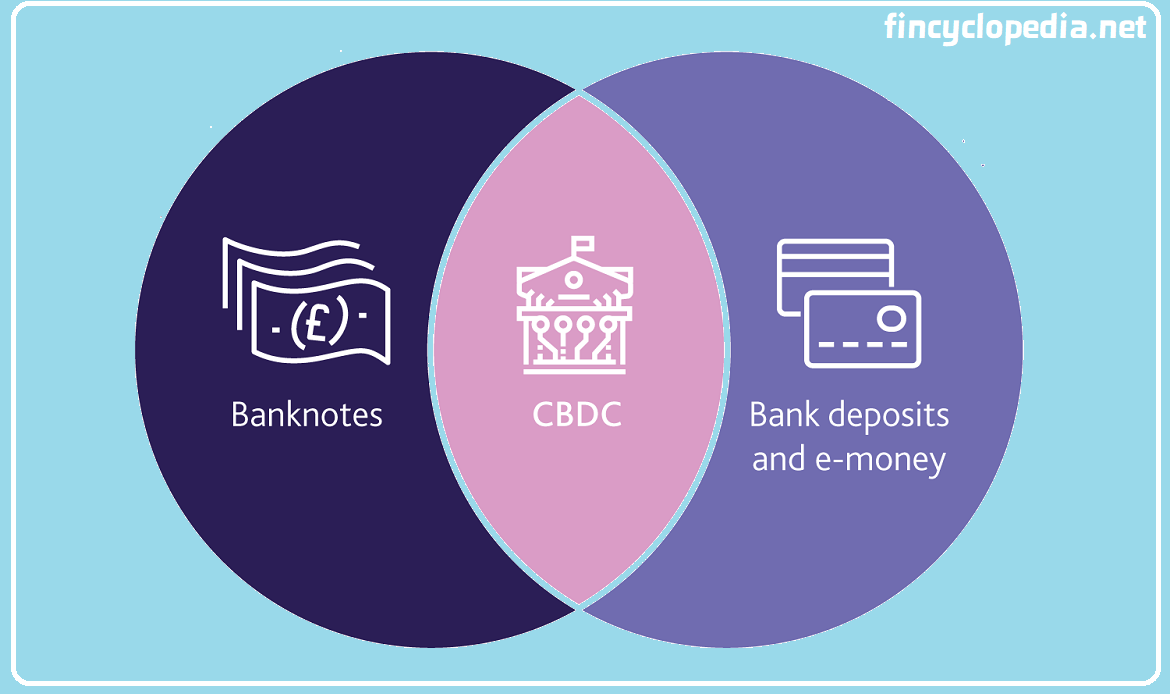The amount of capital a bank or other financial institution (a regulated entity) has to hold, at all times, as required by its regulators. It is the sum of tier-1 capital (core capital), tier-2 capital (supplementary capital), and tier-3 capital (ancillary capital). Broadly speaking, the capital base of a bank, at a certain time, is the sum of (a) shareholders’ equity, (b) minority interests, and (c) subordinated indebtedness.
It is typically expressed as a capital adequacy ratio of a bank’s equity as a percentage of risk-weighted assets (RWAs).
Capital base is also known as capital requirements (as it is set by regulators in the country where a bank operates), capital adequacy or regulatory capital.






